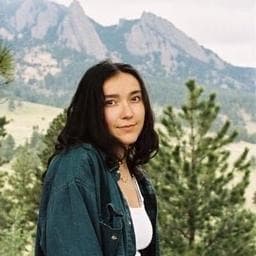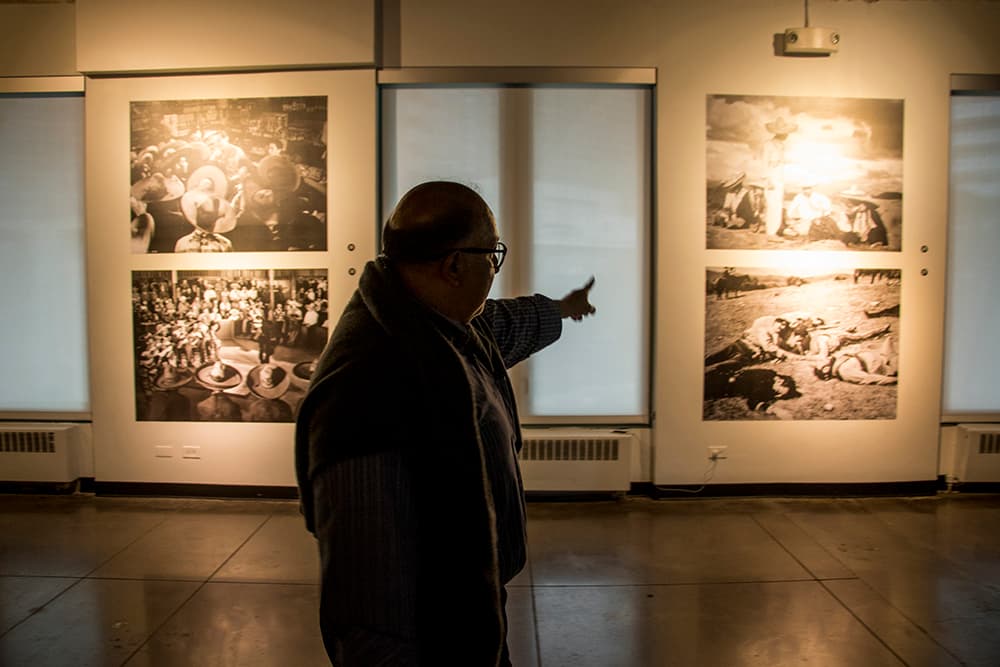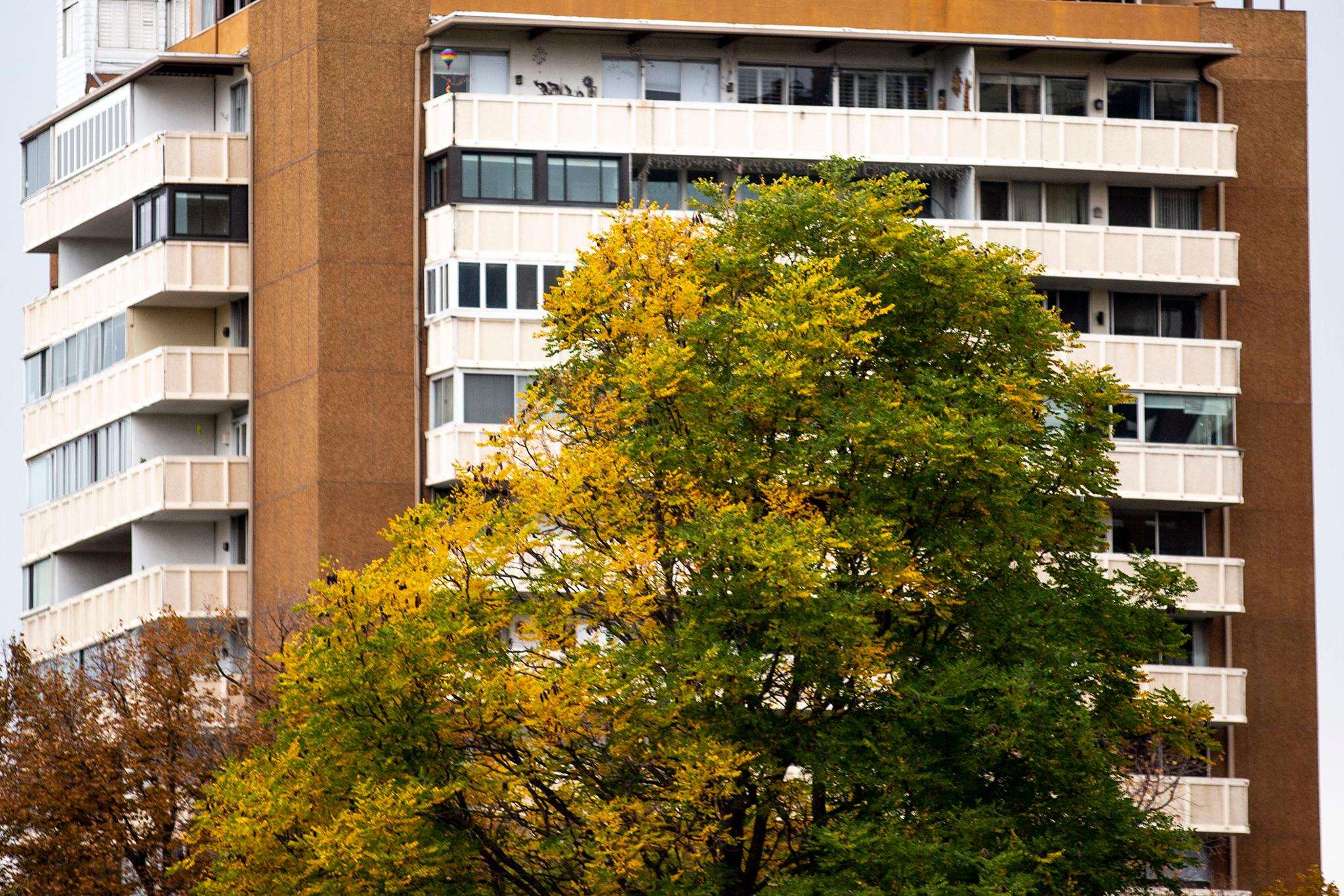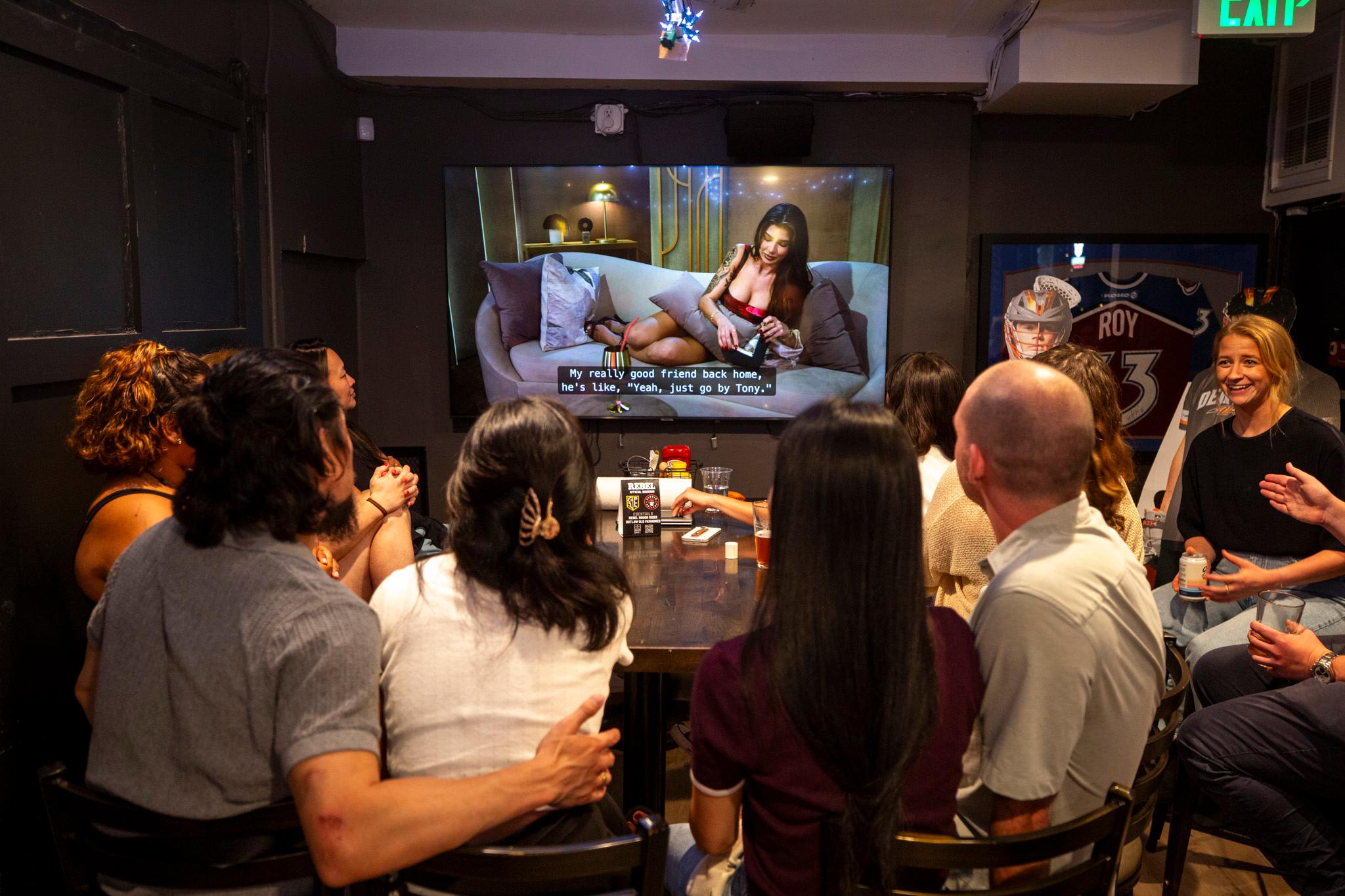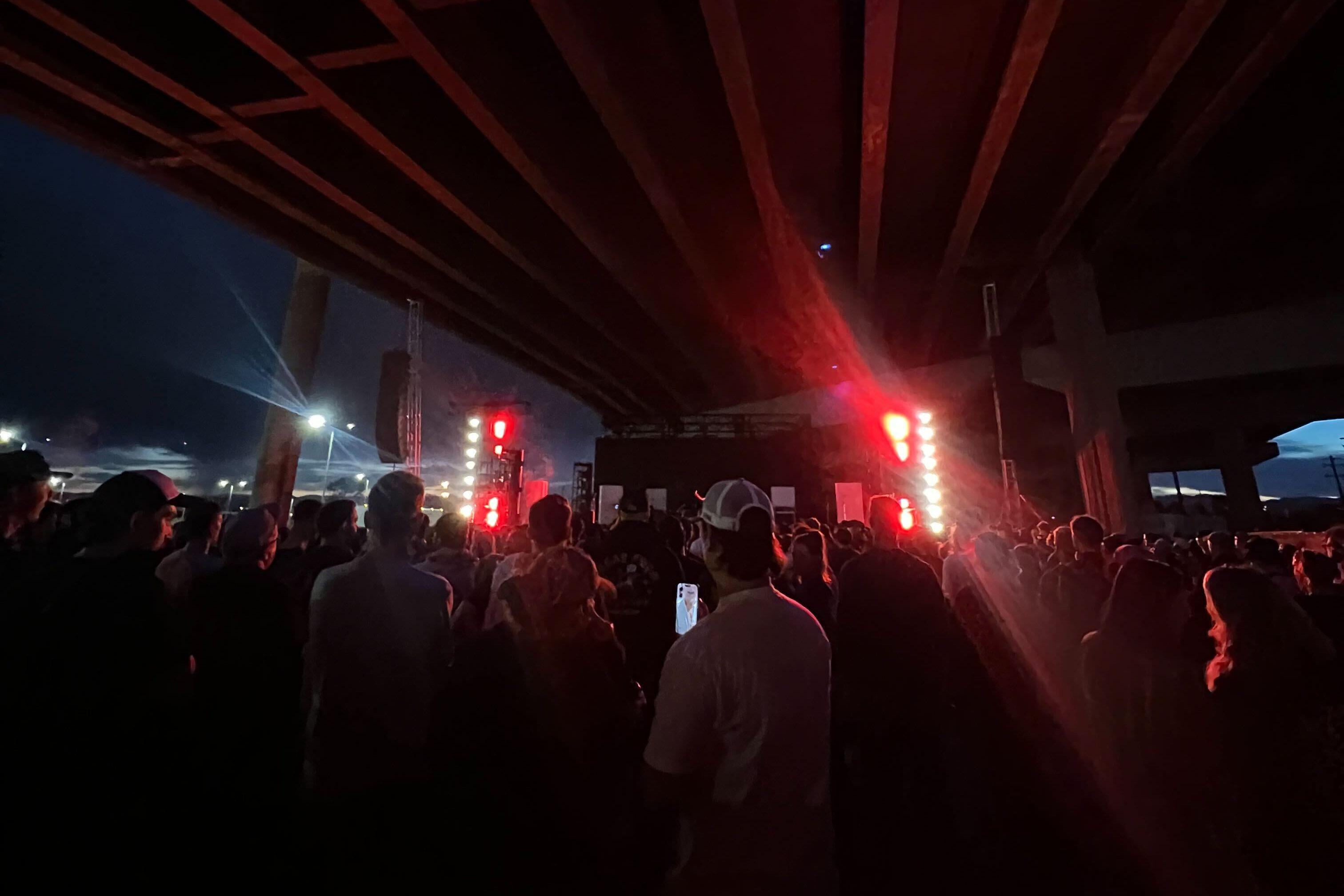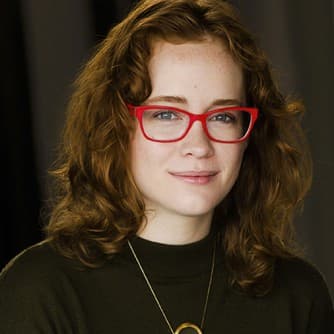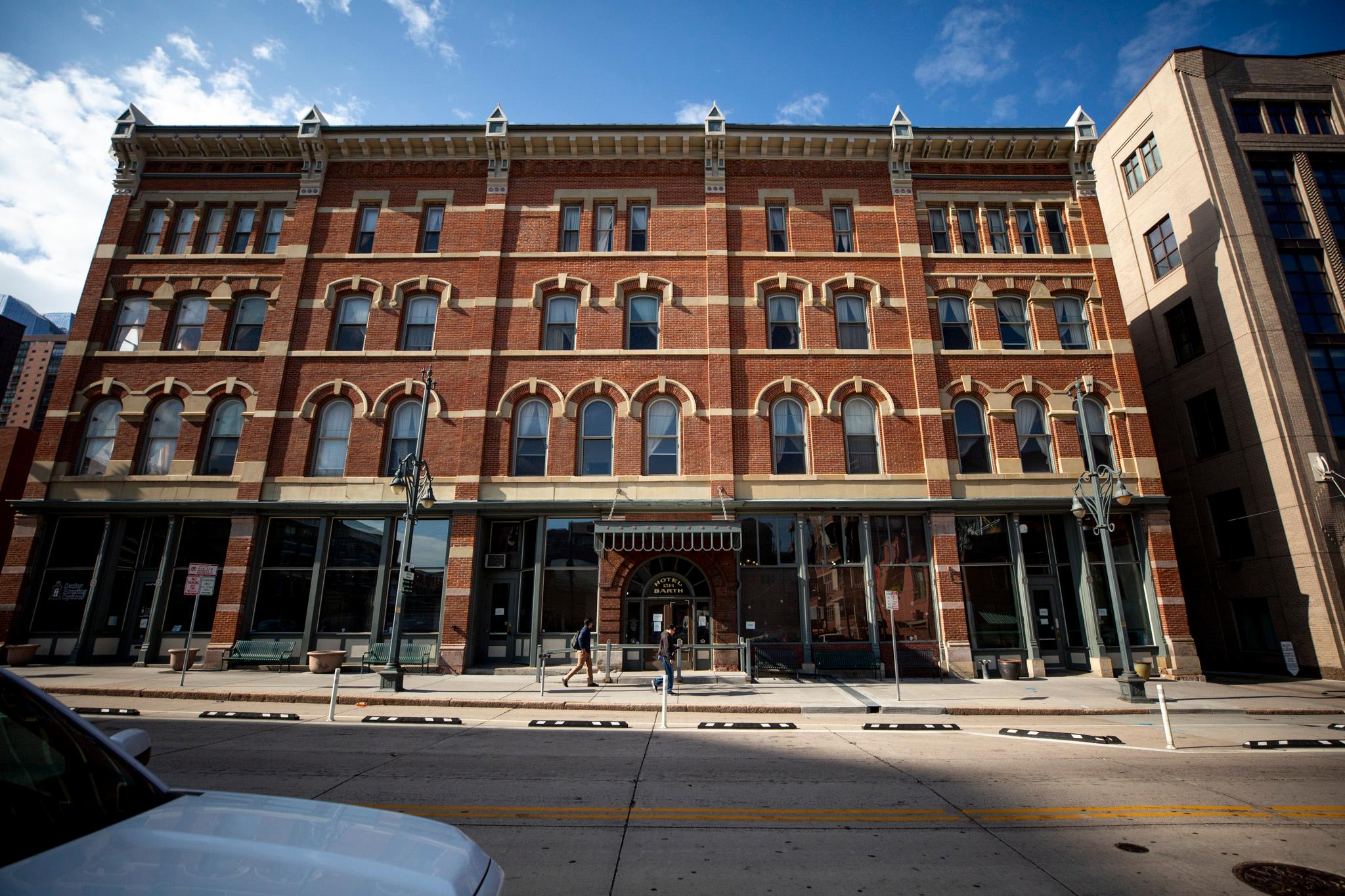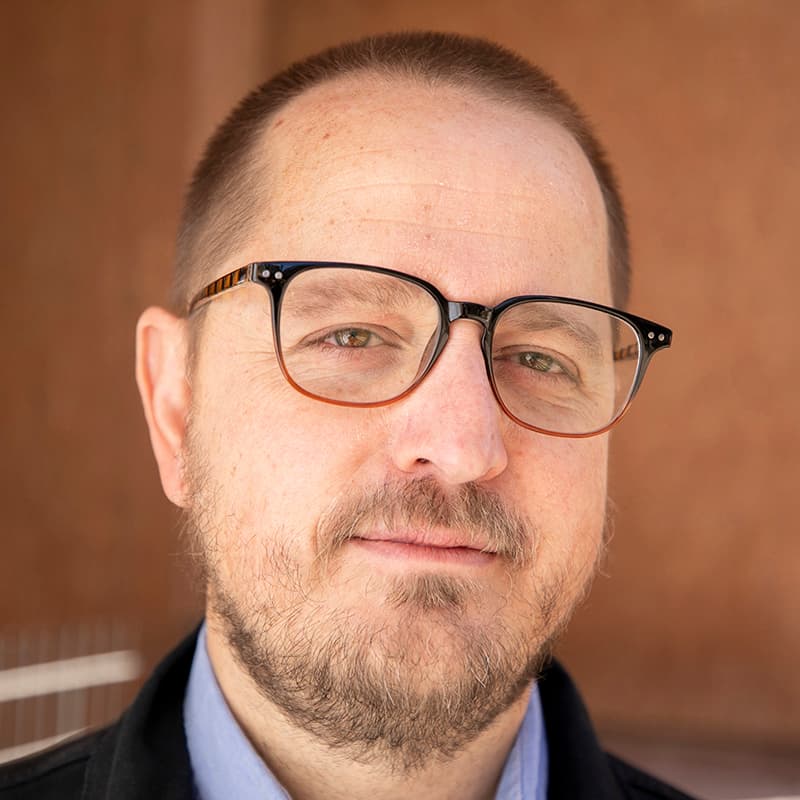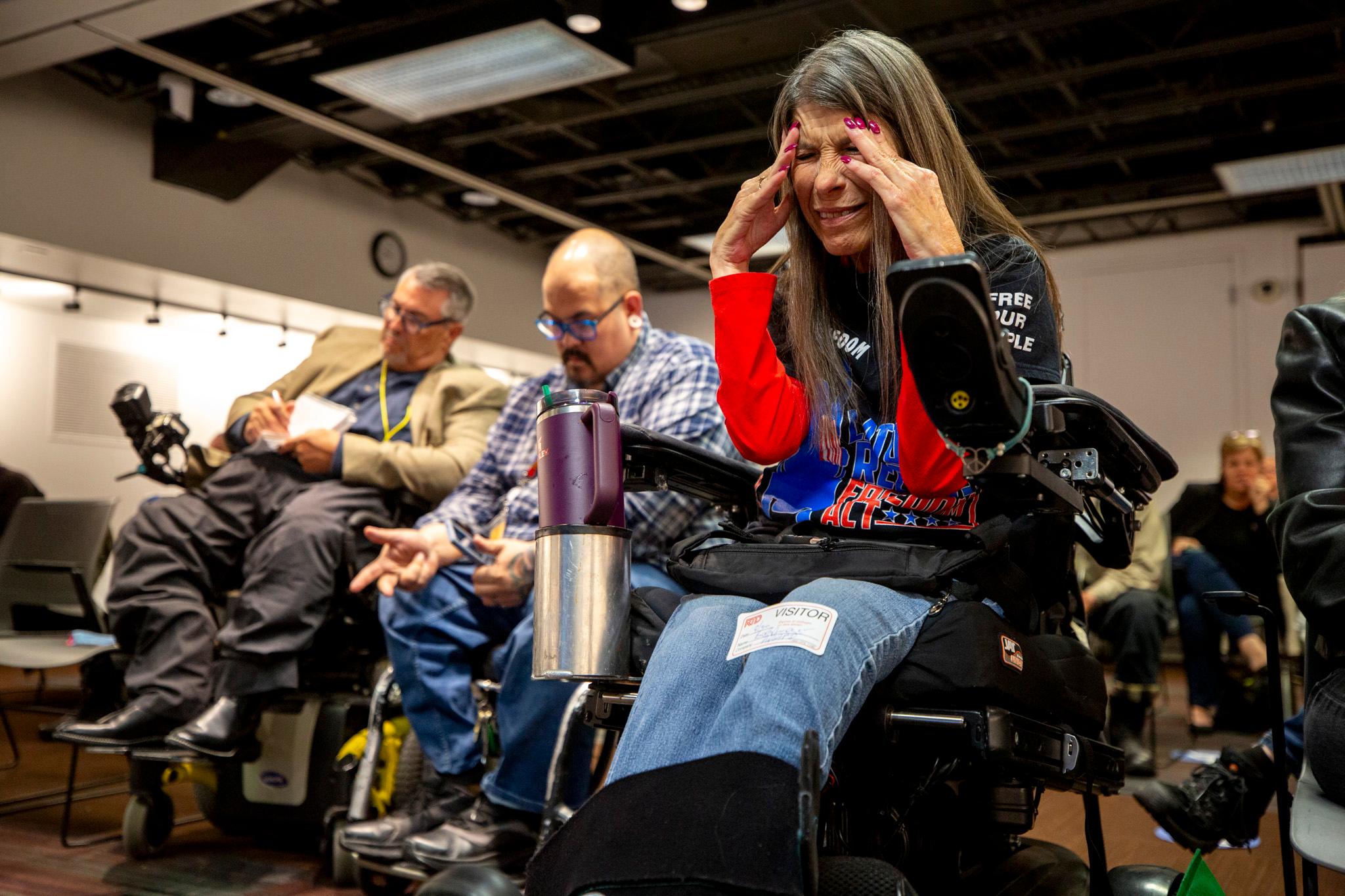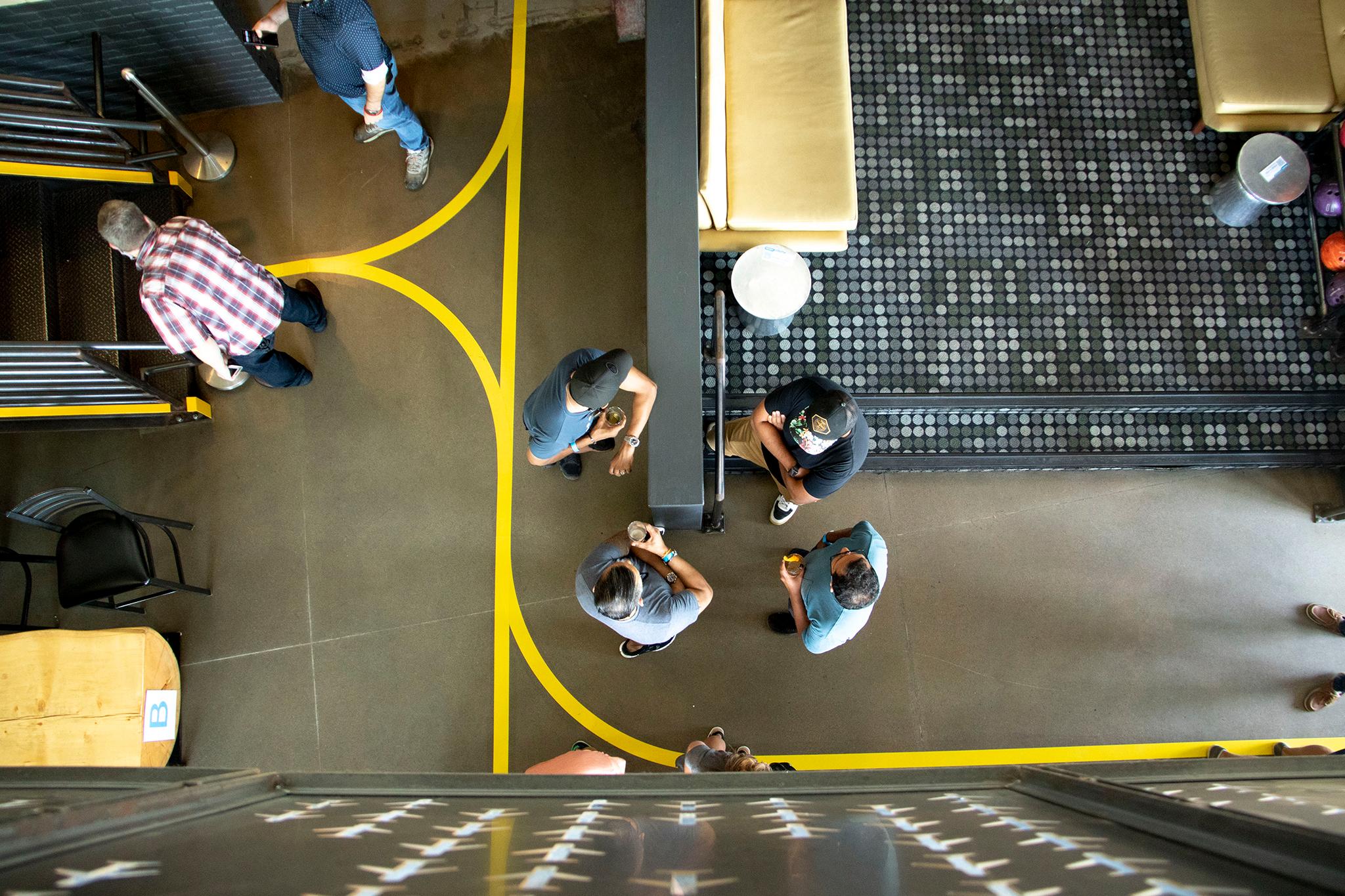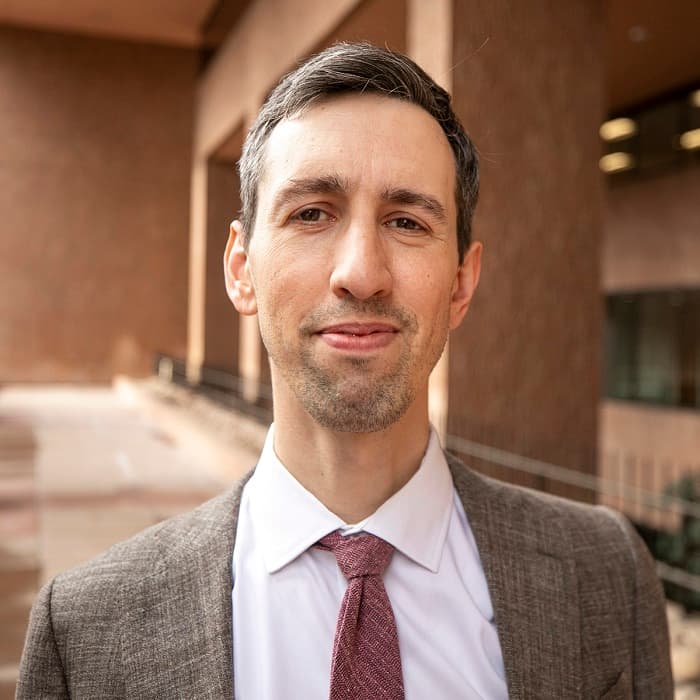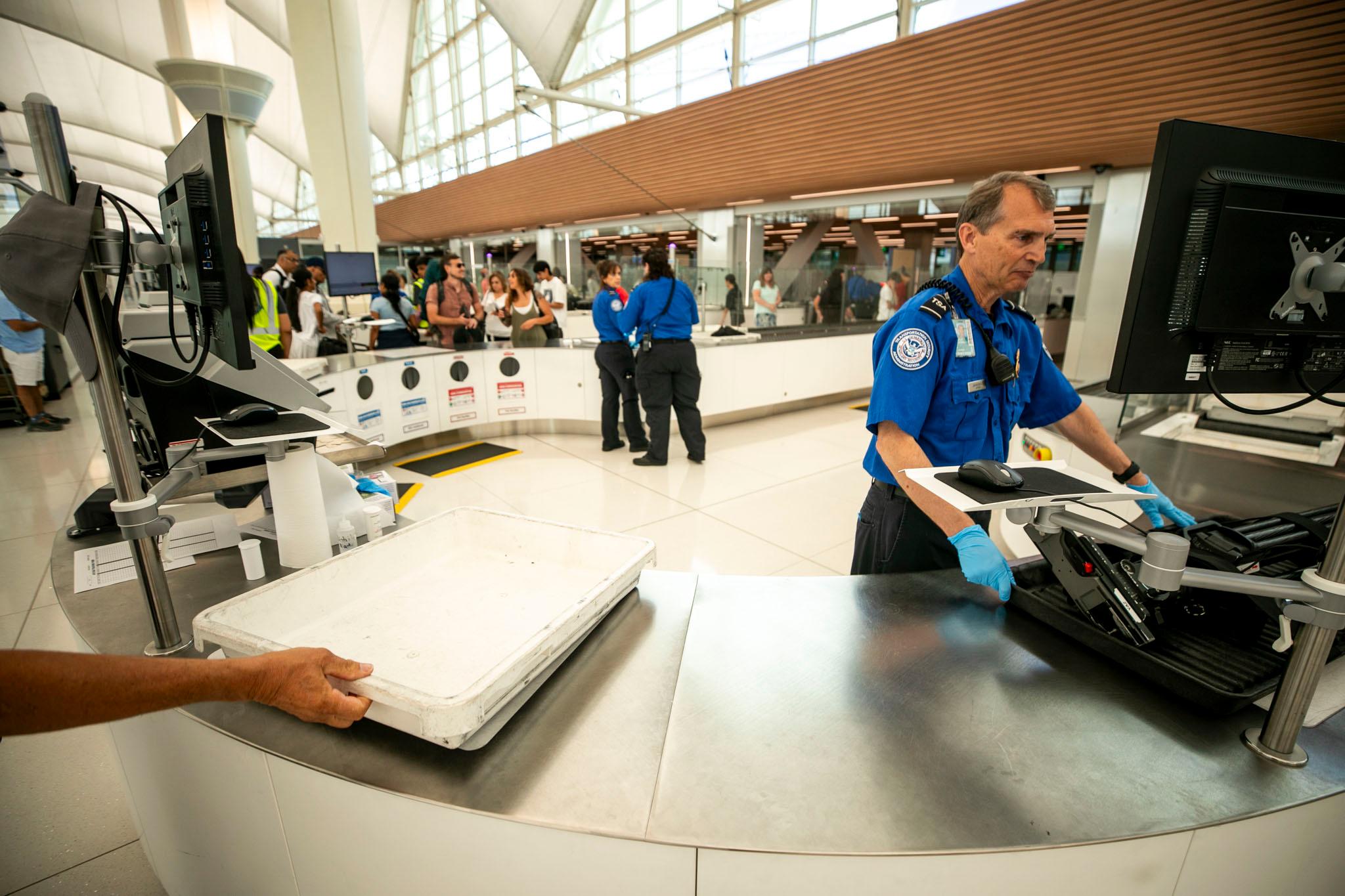The Biennial of the Americas is set to return to Denver in October. The event is supposed to be an international celebration of cultures across the Western Hemisphere — but this year’s event will be heavily hyper-local.
The organizers have kept the focus on Colorado because they’re worried international visitors will be obstructed and endangered by the country’s political culture.
“I think one of the reasons this year that we're really doubling down on our local community and being able to showcase some of the amazing artists and collaborators here is because of the political climate and the danger it represents to bringing in artists and leaders from across the Americas to the U.S.,” said FloraJane DiRenzo, executive director of the nonprofit behind the event.
“Certainly, obtaining visas has always been a challenge for collaborators like us who want to bring in amazing talent from across our borders, but this political climate feels even more challenging,” she added.
The event debuted in Denver in 2010 under then-mayor John Hickenlooper and has run every two years. In some editions, it has drawn dozens of international artists and speakers from more than 25 countries.
This year, it will be held at Writer Square in downtown from Oct. 15-26. The event is generally free of charge, but various panels and shows will require tickets.
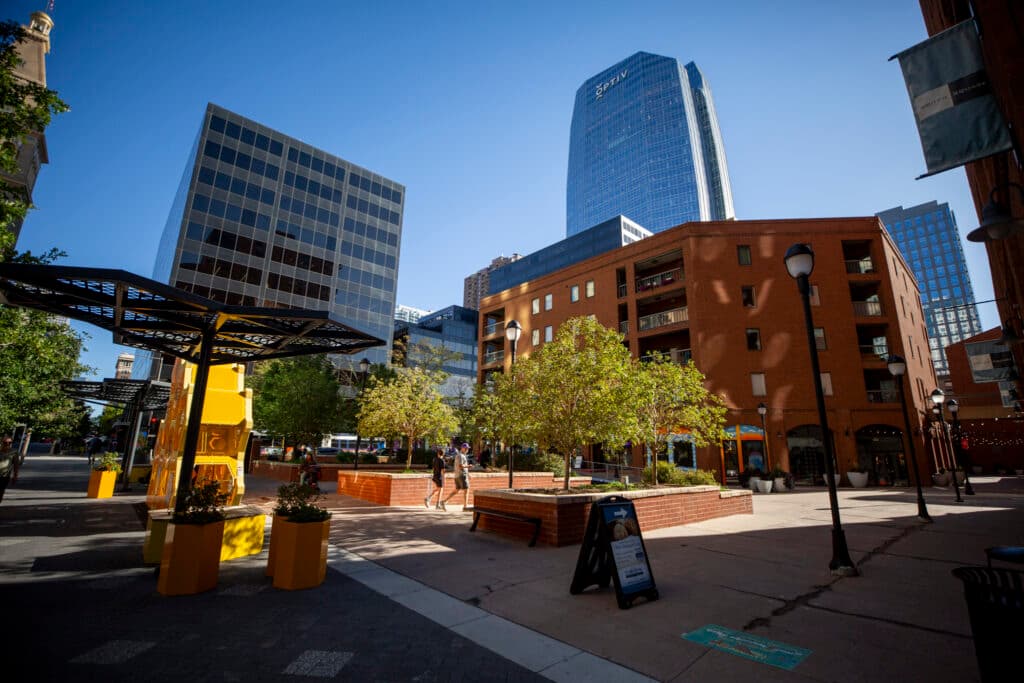
Parts of this year’s biennial are still coming together.
Bobby LeFebre is putting together an interactive sensory exhibit in a former cigar bar in Writer Square. DiRenzo approached him about the opportunity just more than a month ago.
“It's been relatively new. We started brainstorming, planning, and then we decided to take a trip to Oaxaca, [Mexico] to go directly to the source. We brought back some art and some mezcal and some information from friends down there,” LeFebre said. “And now we're in the middle of activating this space, which is an old abandoned cigar bar that needs a lot of love and attention. But that's what artists do when they're given the space, they take it and they run with it.”
LeFebre is the former Colorado poet laureate. He and his team of four other artists show how the event is working around the political climate. The team went to Mexico, bringing back real mezcal, along with video of interviews with the drink’s distillers. Mezcal is a smoky liquor made from agave.
“We brought back some very rare, some of the finest, most revered mezcal in the world back from that trip that we're going to use for our guided tastings. We also have engaged the mezcalero and his family to explain to us on camera what people will be drinking, why it's important and sort of butting up against this idea of how popular mezcal has become,” LeFebre said.
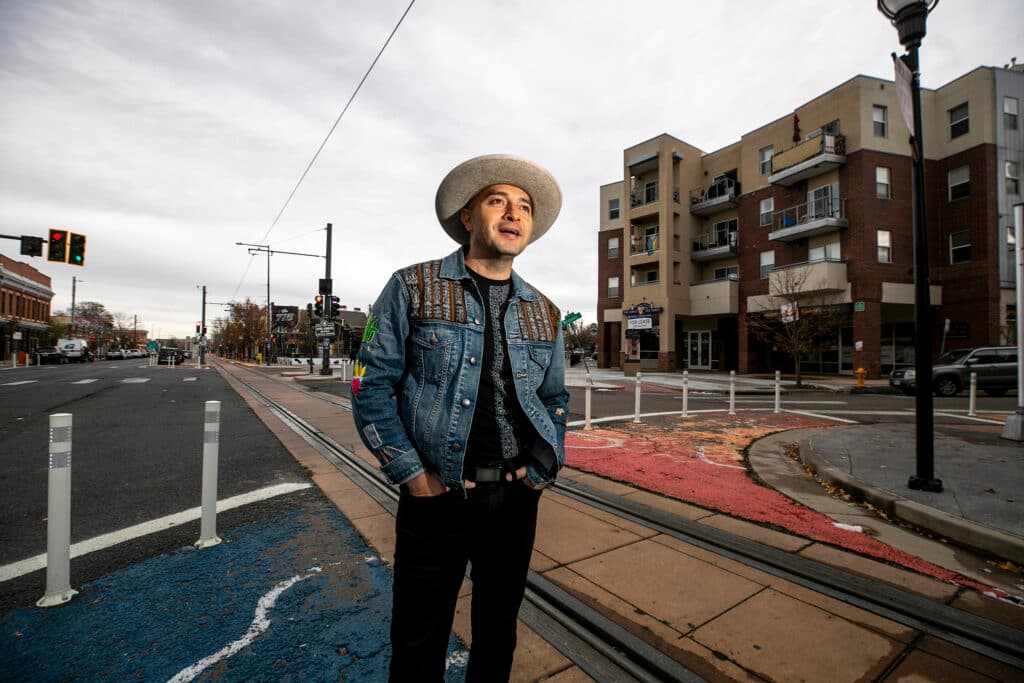
He added: “The people who produce [mezcal] largely go unknown. So we're centering the land, the lineage, and the labor of the people who make it as sort of an altar to the process and the sacred nature of the mezcal.”
LeFebre said he’s been a fan of the event for a long time, adding that this year's hyper-local attention makes sense.
“I think this festival traditionally has brought people from across the Americas here in the name of art and culture and creativity and communal gathering. And that fear that we are experiencing has impacted just about everything,” LeFebre said. “Folks that maybe wouldn't have anything to worry about are worried just because of the ways that racist policies are playing out, and it's really unfortunate. So being more place-based this year is great.”
Organizers hope they can still draw a large crowd.
The 2023 Biennial had 15,000 attendees and over 100 artists and designers. DiRienzo said this year is expected to be similar in size.
She has been the executive director of the Biennial since 2019, and said that each year they’ve had to shift to meet the political moment.
The 2021 Biennial was themed around COVID-19 and featured a tribute to people who died. In 2023, the festival brought 250 mayors to Denver to focus on diplomacy.
“Each festival for us has taken on to meet those times,(they) have taken on these new shapes and forms and I think it’s been really responsive to the current state.”
Denver artist Jonathan Saiz joined this year’s biennial effort recently. He’s bringing together 20 other local artists to create a “candy shop.”
“I'm hoping that this local-focused community actually helps us as creatives band together to utilize our talents in a less paralyzed and scared way and in a more joyful and creative way,” he said.
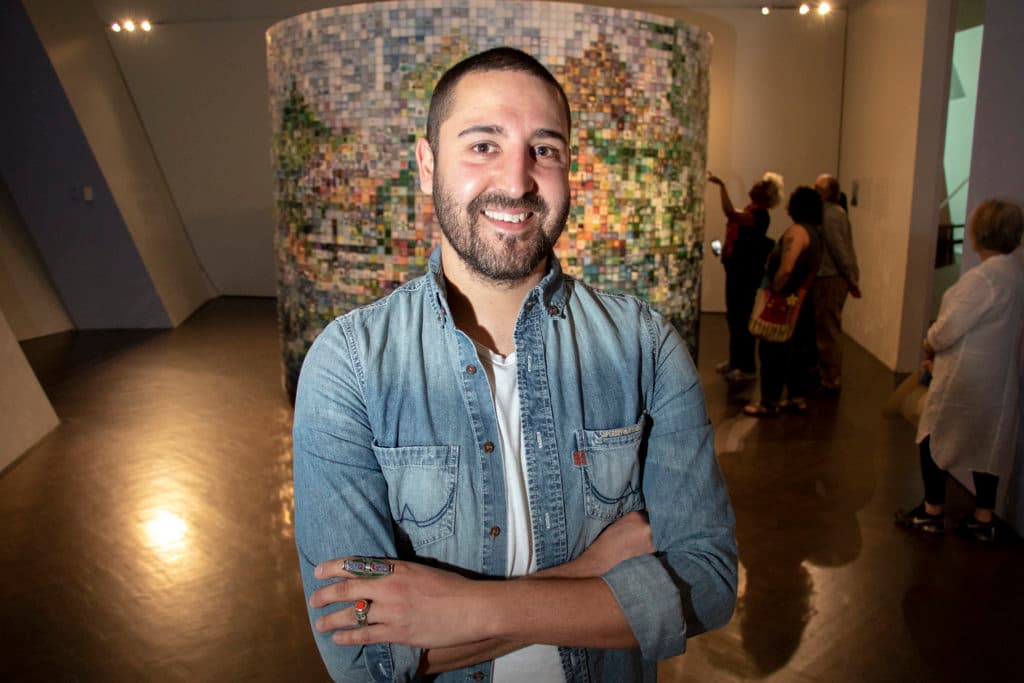
The Candy Shop exhibit is a retail pop-up with art from local artists and a bright, colorful theme.
“The interesting thing about a candy store is that candy has no nutritional value. It's just sort of a cheap dopamine fix, and that's good and healthy for humans in small doses, but it's also the bread and circus model of keeping us all unhealthy and distracted,” Saiz said. “I'm just hoping that there's a way through where art still has a purpose, because right now, personally, it feels rather silly. The awareness of the silliness is also super important.”
Saiz has been creating art in Denver for over 20 years, and he said the community is feeling the effects of the current political climate.
“I've found it interesting that everyone is feeling it, everyone is responding to it,” Saiz said. “There's not a single artist that I'm working with that hasn't directly expressed the same fear and frustration and anger, but honestly, mostly fear.”
Meanwhile, the nonprofit Biennial of the Americas has faced behind-the-scenes funding challenges.
“(There is) uncertainty in terms of funding and supporting arts and culture initiatives like this. And I think festivals in and of themselves are at danger,” DiRienzo said. “It does appear to be harder and harder to gain support and costs have gone up.”
However, DiRienzo said the community is responding to these challenges and said that this year’s shift is a moment to platform local artists who have an affinity to the Americas.
“Recognizing that bringing collaborators from across borders would be more challenging this year, it really was an opportunity to celebrate our 15th year of the Biennial by working with these amazing creatives who are here,” DiRienzo said. “So certainly it's a challenge, but I think we are looking at it as an opportunity to celebrate our local community and to use our platform to showcase the amazing talent that we have here, and also continue to tell that story of its connectivity to the Americas.”
CPR's Ryan Warner contributed to this article.
